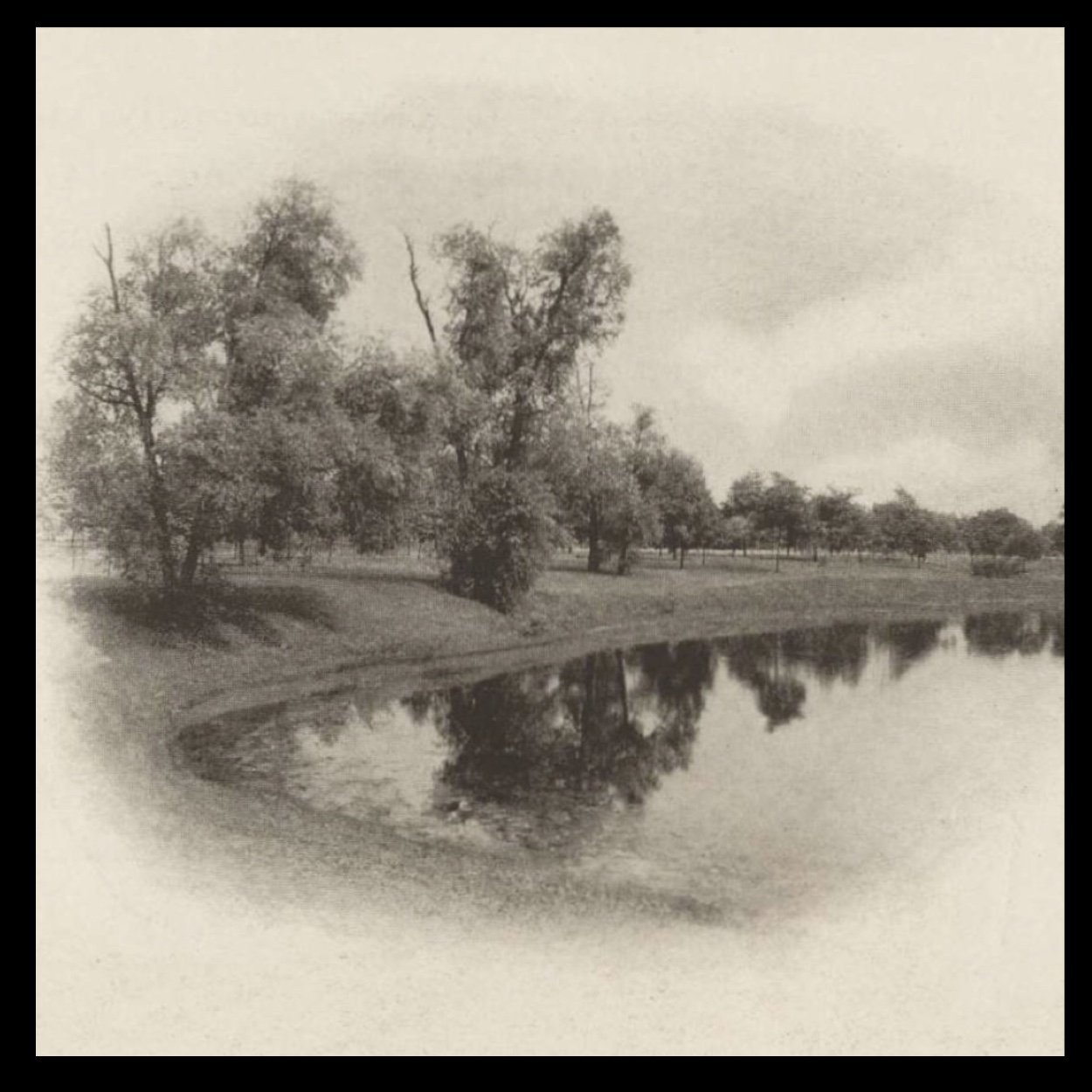
The Park Lawn Movement
At the beginning of the 19th Century, cemeteries in the United States were some of the first public green spaces and parks in fast growing cities. What became known as “the Park Lawn movement” or “Rural cemeteries,” came in response to the growth of cities, and lack of space. The Park Lawn Cemetery movement would serve to improve the landscape of cemeteries and were more comfortable and serene environments to honor dead loved ones. In Chicago, there were many concerns about the overcrowding of the City Cemetery, and it’s impact on public health and sanitation. Thus several, “Park Lawn” style cemeteries appeared in areas, of what was then, “outside” of the city limits including Oak Woods, Rose Hill, and Graceland.
As Park Lawn cemeteries became increasingly popular in America- in some cities- they even served as tourist attractions. For example, Green-wood Cemetery in Brooklyn, New York was surprisingly the number one tourist attraction in New York City and the second most popular tourist attraction in New York State (second only to Niagra Falls).
In 1853, at the time of Oak Woods Cemetery’s charter, the cemetery would follow suit with other cemeteries outside growing cities, and be constructed in the Park Lawn/rural cemetery style. This same design was adopted for other Chicago cemeteries including Rosehill and Graceland Cemetery but, prior to this system, single graves or family plots in cemeteries in older cities were enclosed in some way, typically by an iron fence.

